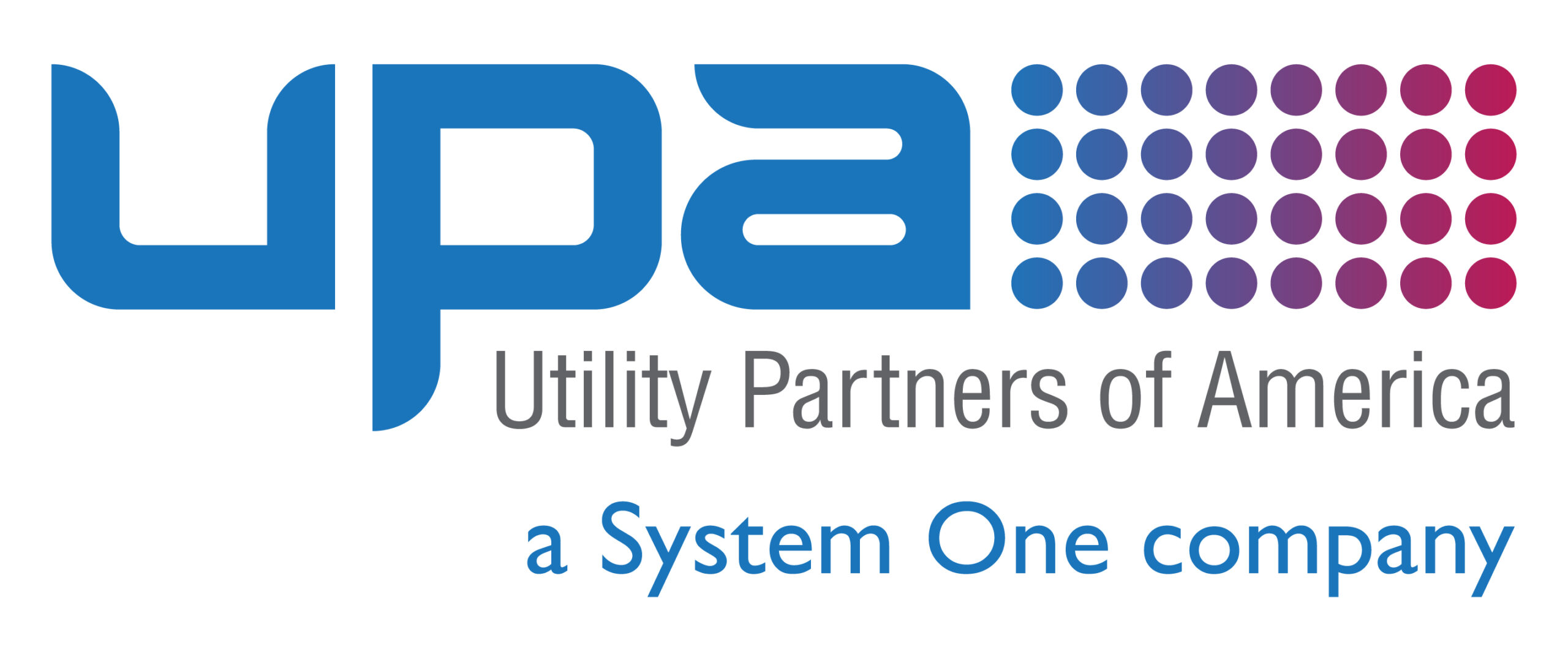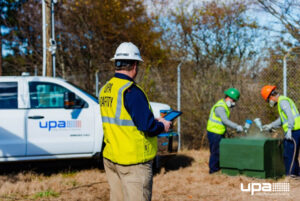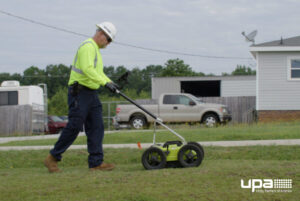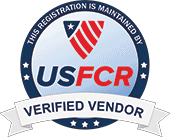If you’ve ever worked in customer service or spent a few minutes listening to a frustrated customer, you understand how crucial it is to get the job done right the first time. Field service companies routinely track how successful technicians are at doing just that. They even have a term for it: first-time fix rate. This metric is one of the most important for a business because it plays a pivotal part in profitability. A poor first-time fix rate is an indicator of inefficiency. The company burns through excess time and resources from having to make repeat site visits.
However, in contrast with other risks to revenue, a first-time fix rate is a controllable and correctable metric. In fact, with just a few tweaks to your existing processes, you could see substantial gains. That will make your customers happier and also helps in boosting your bottom line. Check out the three ways below to improve your company’s first-time fix rate.
Start with triage in the call center
Think of the word “triage.” Likely, you thought of the preliminary steps taken in a hospital to evaluate and stabilize a patient. However, the concept is surprisingly similar when used in a call center setting.
For field service companies, the concept behind a call center triage protocol is to pre-screen all calls, identify the customer’s issue through exploration, then dispatch the tech based on the severity of the problem. For example, a customer calls because their broken sprinkler system is flooding the yard. This is cause for immediate concern for any lawn maintenance company. During triage, the call center representative should recognize the call as an emergency and act swiftly. On the other hand, a customer calling to ask for a quote on new landscaping can be slotted in as time allows. The idea is to prioritize calls based on urgency, handling potentially dangerous emergency situations first.
Triage is just the first call center interaction, meant to quickly categorize the customer’s call and act accordingly. A complete call center coordination requires a robust effort throughout the customer experience. Sometimes, like in the case of the Centers for Disease Control and Prevention, allowing key stakeholders to weigh in on call center operations can be incredibly beneficial. During the 2008 influenza epidemic, the CDC aimed to improve call center operations. They engaged subject matter experts to find discrepancies and identify areas for improved communication and coordination.Those meetings were wildly successful and resulted in an entire workbook written for state and local planners.
Related: Customer Engagement Over Customer Service
Field service companies that effectively coordinate call center operations are likely to have more satisfied customers. Through the triage process, call center representatives can gather pertinent details about the problem and deliver those notes to the tech so that they are better prepared to fix the issue on the first visit. Triage empowers call center representatives to quickly, compassionately, and effectively answer and direct customers’ calls. When implemented well, triage systems enable swift communication between the call center and technicians, with exactly the information needed to get on the road quickly,
Empower your employees with knowledge
As discussed above, one of the easiest ways to enhance your first-time fix rate is knowledge; call screeners and dispatchers need to know what the problem is, where to go, and who to send. And they need to act on this knowledge quickly. However, the application of this tip may vary depending on your company’s structure, as not all customer calls require the same type of immediacy. Especially when it comes to dispatching, the onus is on your front-line staff to know the difference. Remember our broken sprinkler system example? In this case, the call screener should recognize the emergency and immediately route the information to dispatch. If the customer wants a purchase a new sprinkler system, this is not an emergency but should be handled respectfully and sent to sales.
Communication is key between customer and triage, and triage to dispatch. If the instructions aren’t clear, the dispatcher may not properly understand the scope of a customer’s request. This could lead to premature dispatch, or worse, delayed dispatch in a real emergency. When accurate information is shared across both teams, the response time overall first-time fix rates can improve.
Knowledge sharing doesn’t end with call center screening and dispatchers. It’s imperative to develop a robust training program for your technicians. If a tech arrives at the scene and does not have the skills or tools needed to do a job, it also means a repeat visit. And a knock to your first-time fix rate, emergency situation or not.
Give techs all the information they need
This tip for improving your first-time fix rate might seem like common sense, but it’s more of a problem than you might guess. Sending a tech to a job with incomplete work order details is like throwing them into a job blindfolded. By not providing specifics like service history or essential parts needed for job completion, you’re jeopardizing the tech’s chances of a first-time fix.
For an even more thorough approach, you could even provide the tech with step-by-step guidance for how to approach the customer’s problem. The more information you provide, the better the chances are of the tech completing the job during that first visit.
Make proactive maintenance a priority
How many times have you heard of a tech popping into a fleet vehicle only to have it not start? Or have a flat tire? Or being low on gas? About 20% of the 16 million new cars and light trucks sold in the U.S. each year belong to a fleet, which means there are likely thousands of companies relying on these vehicles to transport workers to the job site.
Transportation is an essential part of operations. Proactive maintenance can ensure your techs are leaving and arriving on time. This can include everything from routine oil changes to tire rotations to swapping out windshield wipers. The key is to keep an accurate log of maintenance history and commit to servicing the vehicles at regular intervals.
You should also know that proactive maintenance goes beyond just how your business treats its fleet vehicles. The same can be said for hand tools, equipment, and PPE.
Understanding how to improve first-time fix rates is just one of our core competencies. If you’re interested in learning how we can partner with your utilities and energy co-op for this and more, contact us today.





